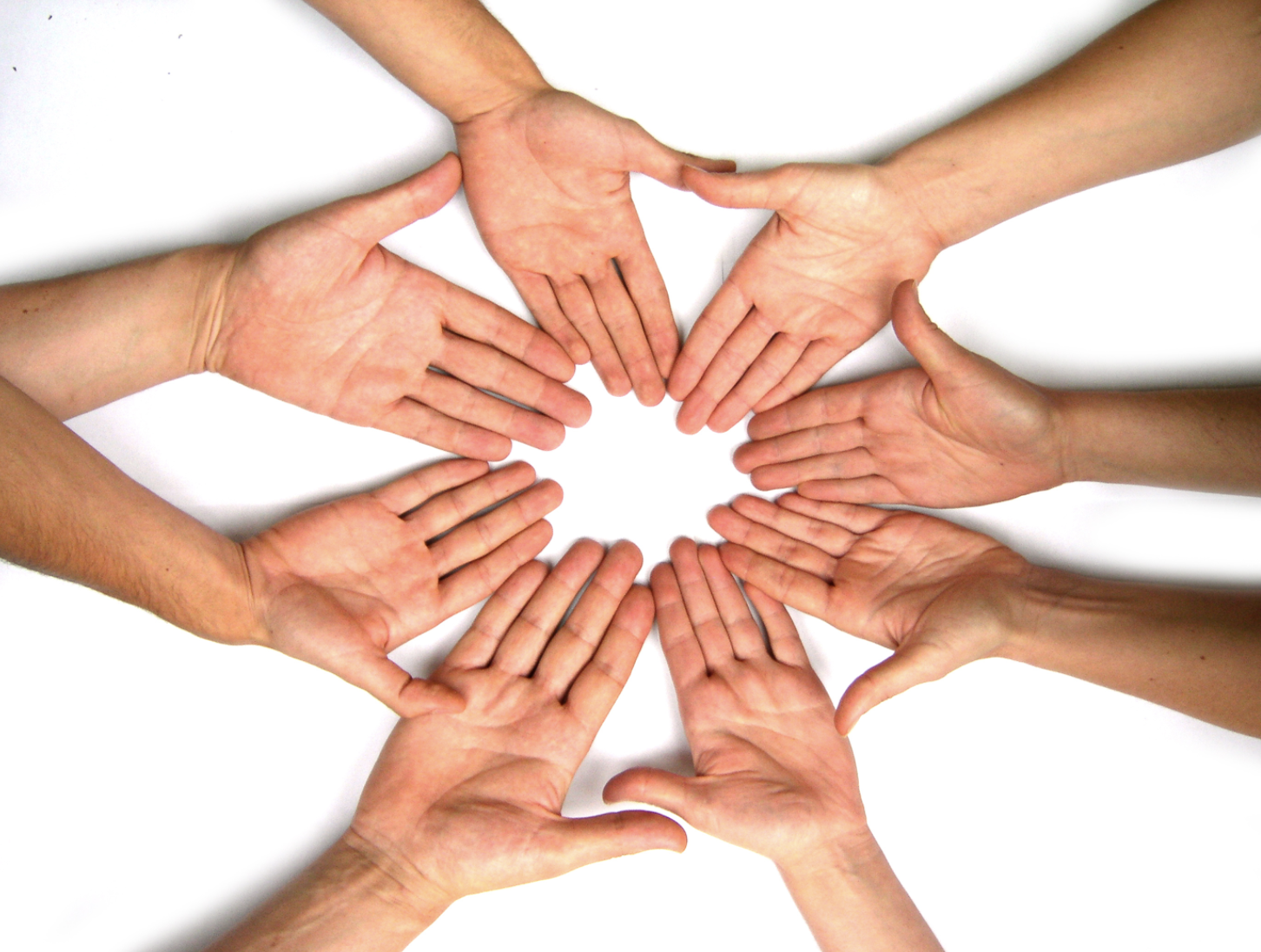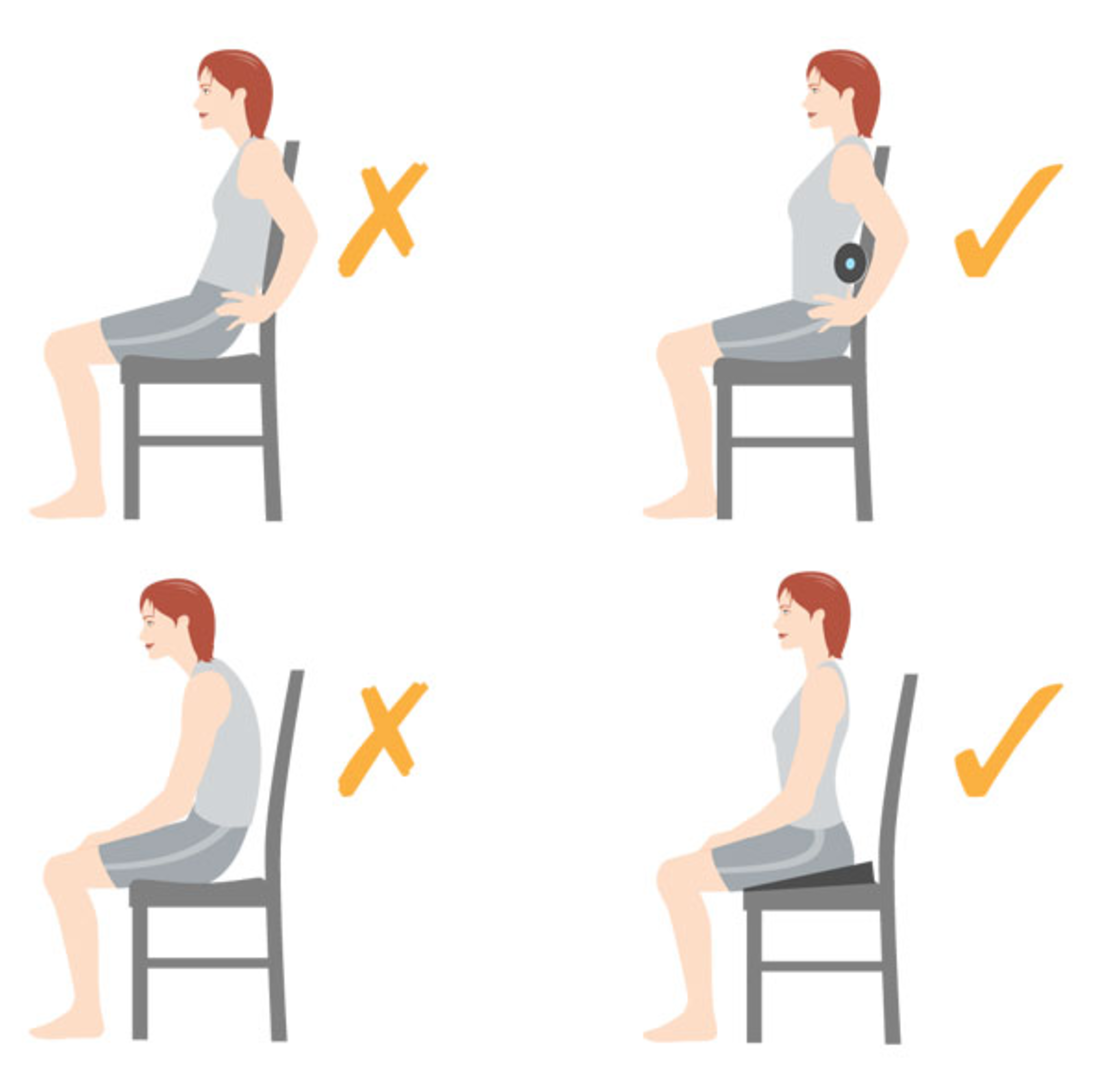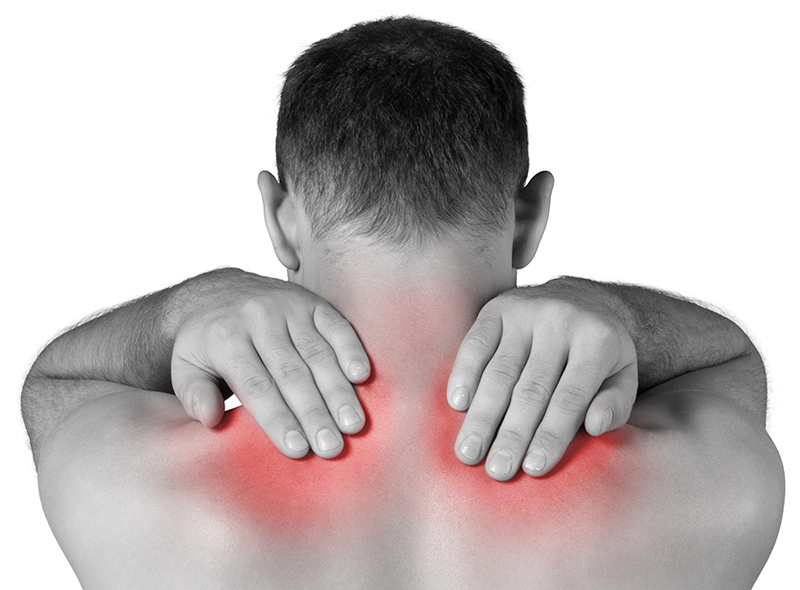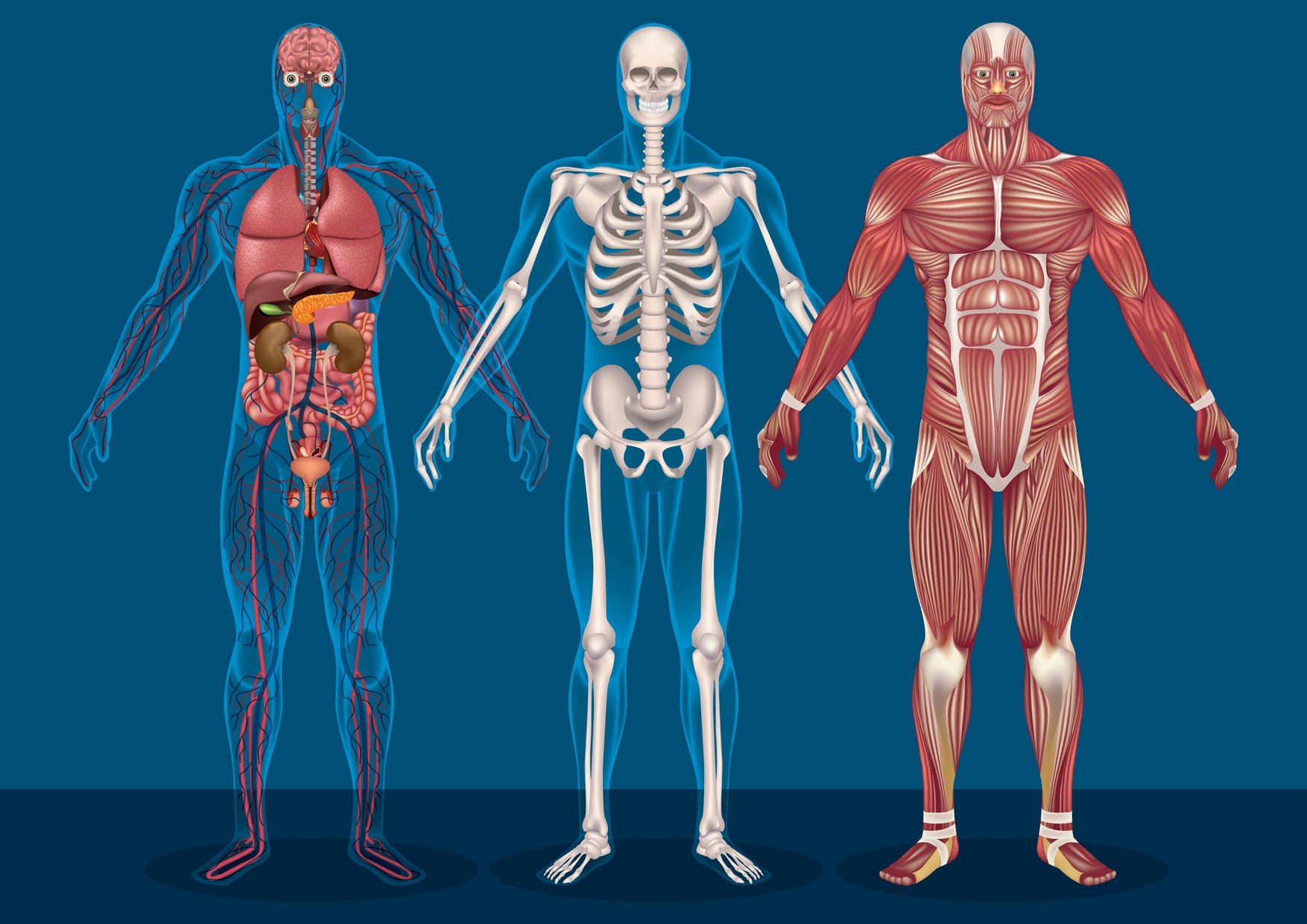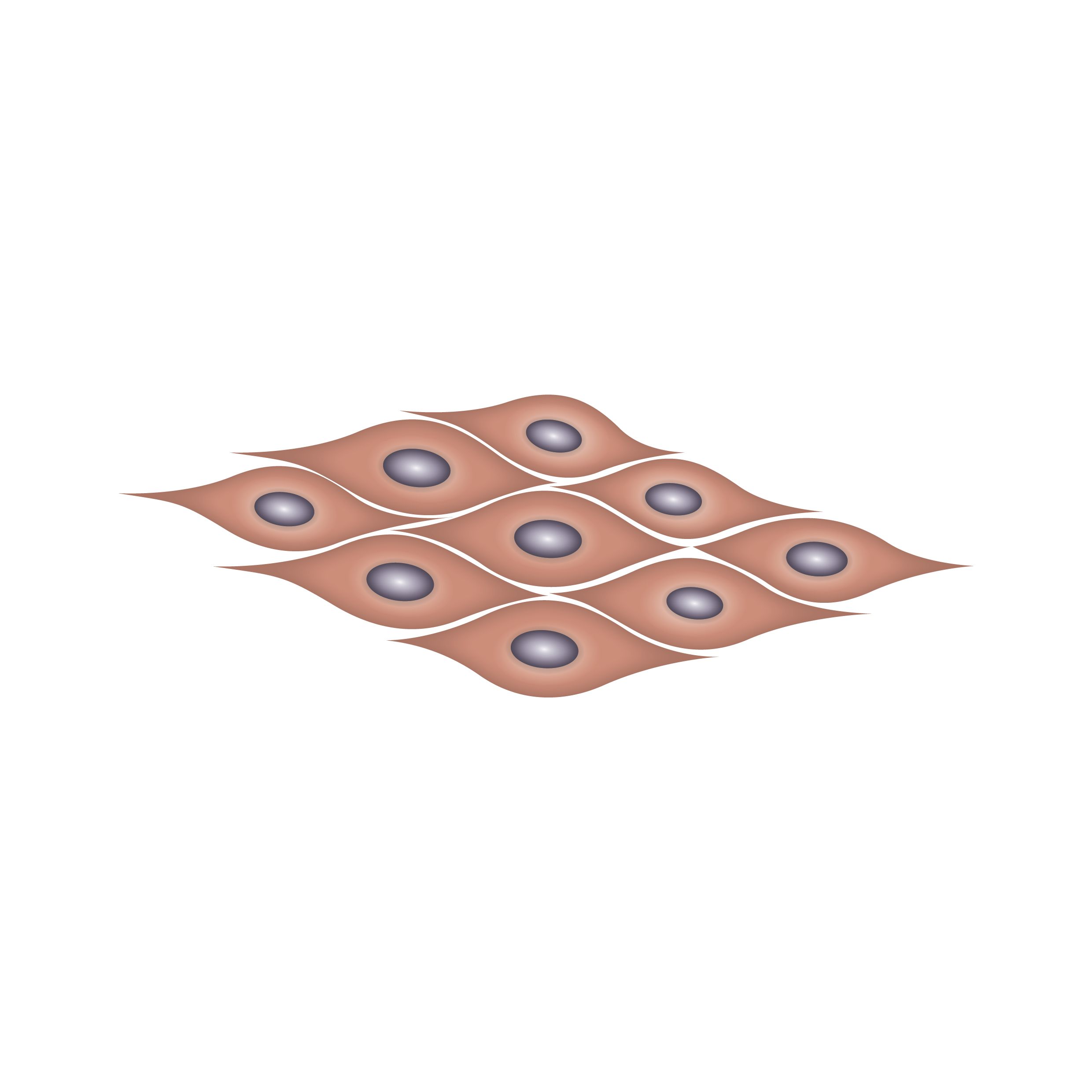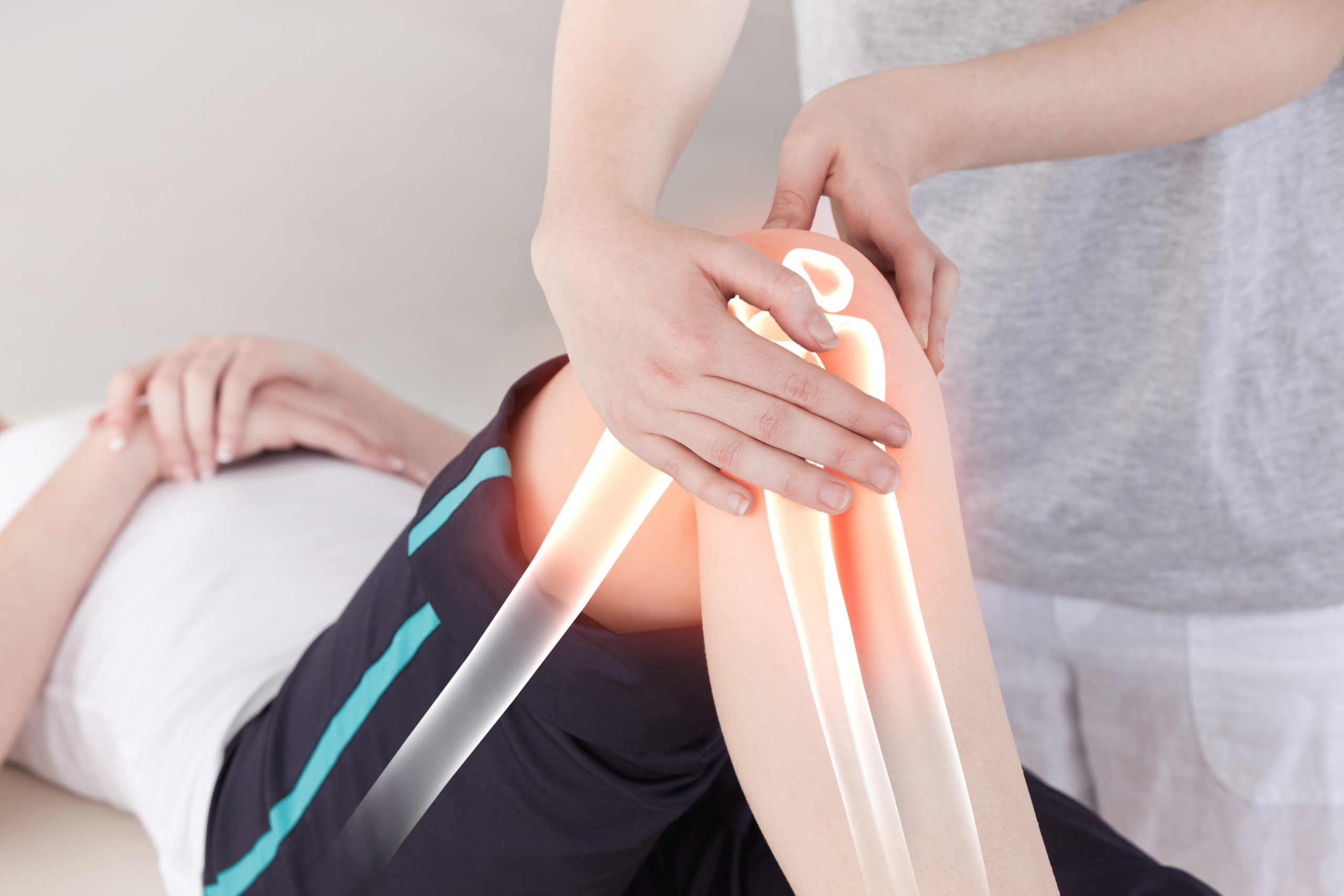
A Baker’s cyst, also known as a popliteal cyst, is an inflamed bursa (a fluid-filled sac that cushions bones, tendons and muscles near a joint) that can cause a bulge and a feeling of tightness behind your knee. It is usually the result of too much swelling or fluid in your knee joint. Some people can feel pain posteriorly to the knee. The pain can get worse when you fully flex (bend) or extend (straighten) your knee or when you’re active on the knee. Causes Sometimes the knee produces too much synovial fluid, resulting in build-up of fluid in an...

Good news QLD’ers…..the gyms are re-opening! There has been two types of people, when it comes to exercise during the Covid-19 pandemic. Those who have increased their exercise regime and are now doing more cardio than ever. And those who have been spending more time watching Netflix and testing out new recipes. Whether you’ve been smashing the cardio or taking life a little easy, check out the following tips before returning to a gym-based routine. Tips to prevent injury getting back to the gym following your Covid-19 break! Your body generally does a great job of adapting to exercise routines....

We have all heard it before about how growing old sucks and the body breaks down. If I had a penny for every time someone had told me ‘once you hit 30 you just don’t recover like you used to’ then I suppose I would have a lot of pennies. Well trust me, the pain of age starts from much earlier than 30 years old! I am referring to growing pains. Those sore heels, sore knees and joints that are reacting to the body’s development and progression and really restricting a youngster’s ability to muck around with their mates or...

Do we look after our hands enough? Firstly, if we take a look at the wrist, it contains many small bones neatly joined together by ligaments. This area is commonly referred to as the Carpus. The other end of the carpus is where our finger and thumb bones join, our metacarpals and the ends of our fingers called phalanges. Our thumb contains a proximal and distal phalanx, and the 2nd to 5th digits contain a proximal, middle and distal phalanx. Each joint of the hand shares ligaments that help maintain the stability of the joint by connecting two bones together....

Sleep could be influencing your pain and more…. Whatever the reason, ongoing pain, crying babies, iPhone addictions, snoring partners, increasing work demands and constant worries. We have all woken up on the ‘wrong side of the bed’ more sensitive to certain things, our kids nagging us, barely able to get ready for work and function through the day. Interestingly the effects of ongoing sleep issues are much more detrimental to our health than just feeling constantly tired. Firstly, take pain, who would of thought poor sleep would influence pain we feel. We know pain can affect our sleep but it...

Every year one in three of us will get some form of back pain with most back pain affecting the lower back. In the majority of cases you will be able to manage this yourself with over-the-counter painkillers, by keeping mobile and exercising the affected area. It can last for anything from a few days or weeks, or continue for many months or in some cases even years. Back pain can influence your mood, your normal daily activities, your regular sleep patterns, and your ability to carry out your work. If you are experiencing lower back pain, you will likely...

Unfortunately, we have seen quite a few knee injuries involving the meniscus at the clinic lately. Here is a little more information about the meniscus and how it is injured. The knees take a lot of impact when doing medium- or high-impact activities such as running, jumping, hill-walking and playing field sports. The meniscus is commonly damaged during these activities, and can be a cause of significant pain and movement dysfunction if damaged. What exactly is this mysterious meniscus, and why is it so important? What is the role of the meniscus? The meniscus is a thin, fibrous cartilage lining...

This month I educated the team at Queen Street Physiotherapy on recent research surrounding impingement of the shoulder, also commonly known an impingement syndrome. Impingement of the shoulder is a very common condition in which we see and treat at our Queen Street clinic frequently. Patients often report pain at the top or front of their shoulder which is often exacerbated with overhead movements, placing the hand behind the back and lifting objects. An individual may also experience weakness at the shoulder or pain referring down the arm. Impingement syndrome may arise from direct trauma to the shoulder, such as...

While much is known in the way tibial plateau fractures and how they are managed, little is known about bony contusions or “bone bruises” and their course of healing. Tibial plateau fractures are usually the result of car vs. pedestrian accidents, or in the elderly with low bone density. Depending on the type of force (hitting from the front or the side) determines the type of tibial plateau fracture, as well as the prognosis. A skilled therapist is often able to recognise a tibial plateau fracture based on the presenting signs and symptoms of: knee pain, swelling, joint line tenderness,...

Last week I presented an in-service to the physiotherapy staff looking at the current literature surrounding cartilage surgery and the benefits and possibilities of stem cell therapy. As physiotherapists, we wanted to update our knowledge on cartilage repair and stem cells and how this can affect our treatment sessions. As adults our own stem cells can be harvested from adipose tissue (fat tissue), blood, or bone marrow. The cells can then be manipulated and grown to form a type of cartilage in a laboratory or inside the effected joint. Multiple studies report positive changes with the introduction of stem cells...




